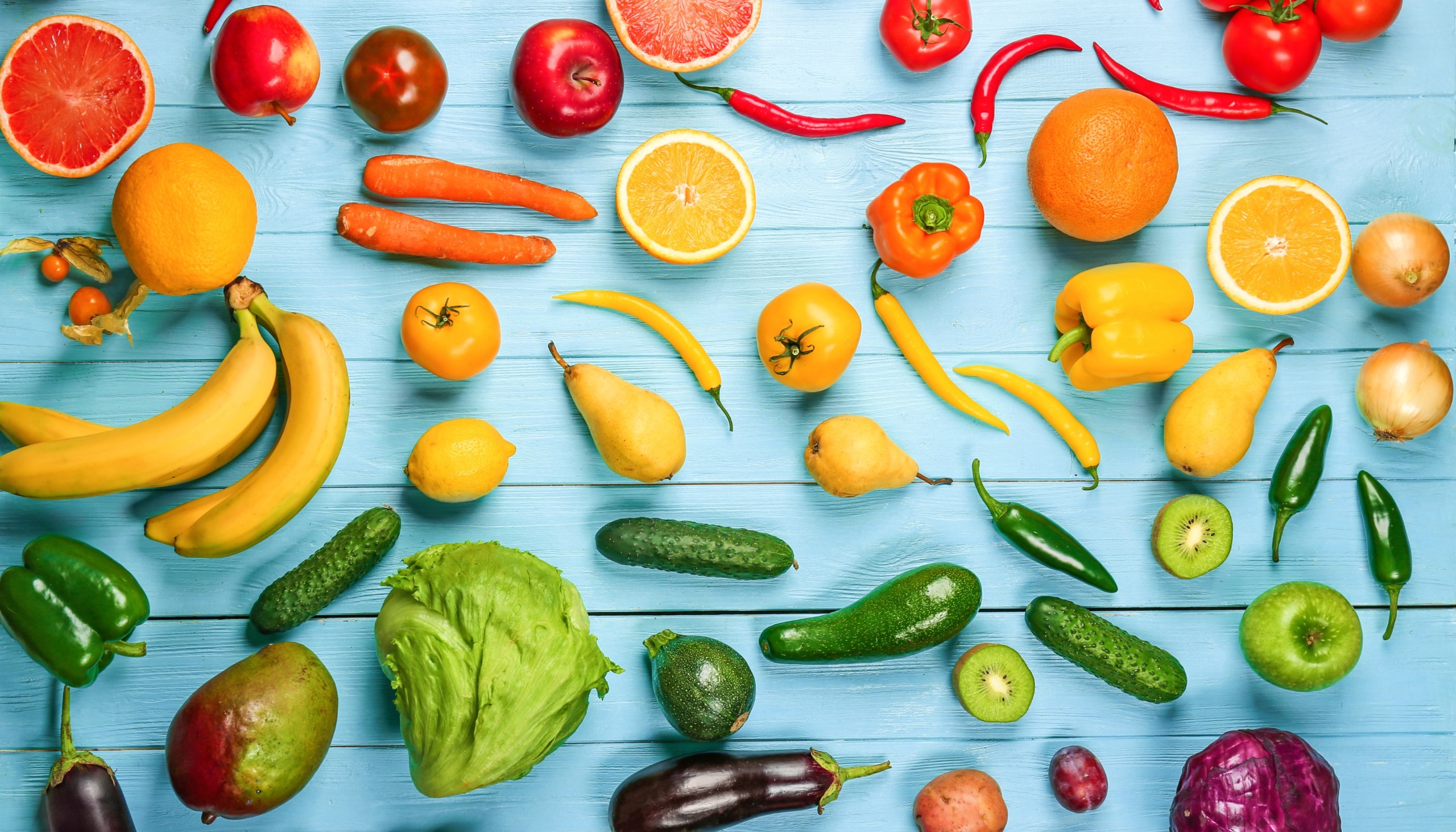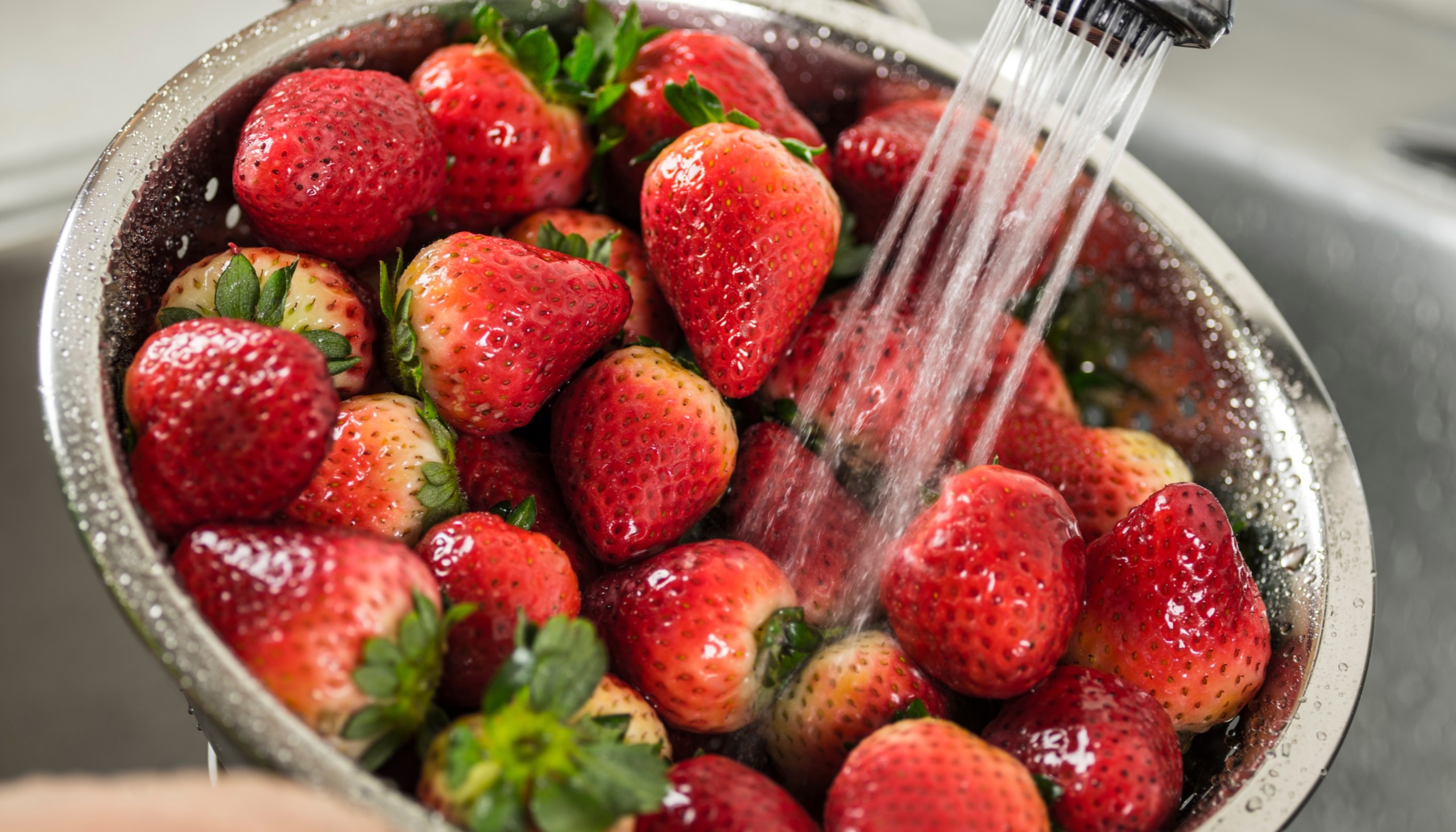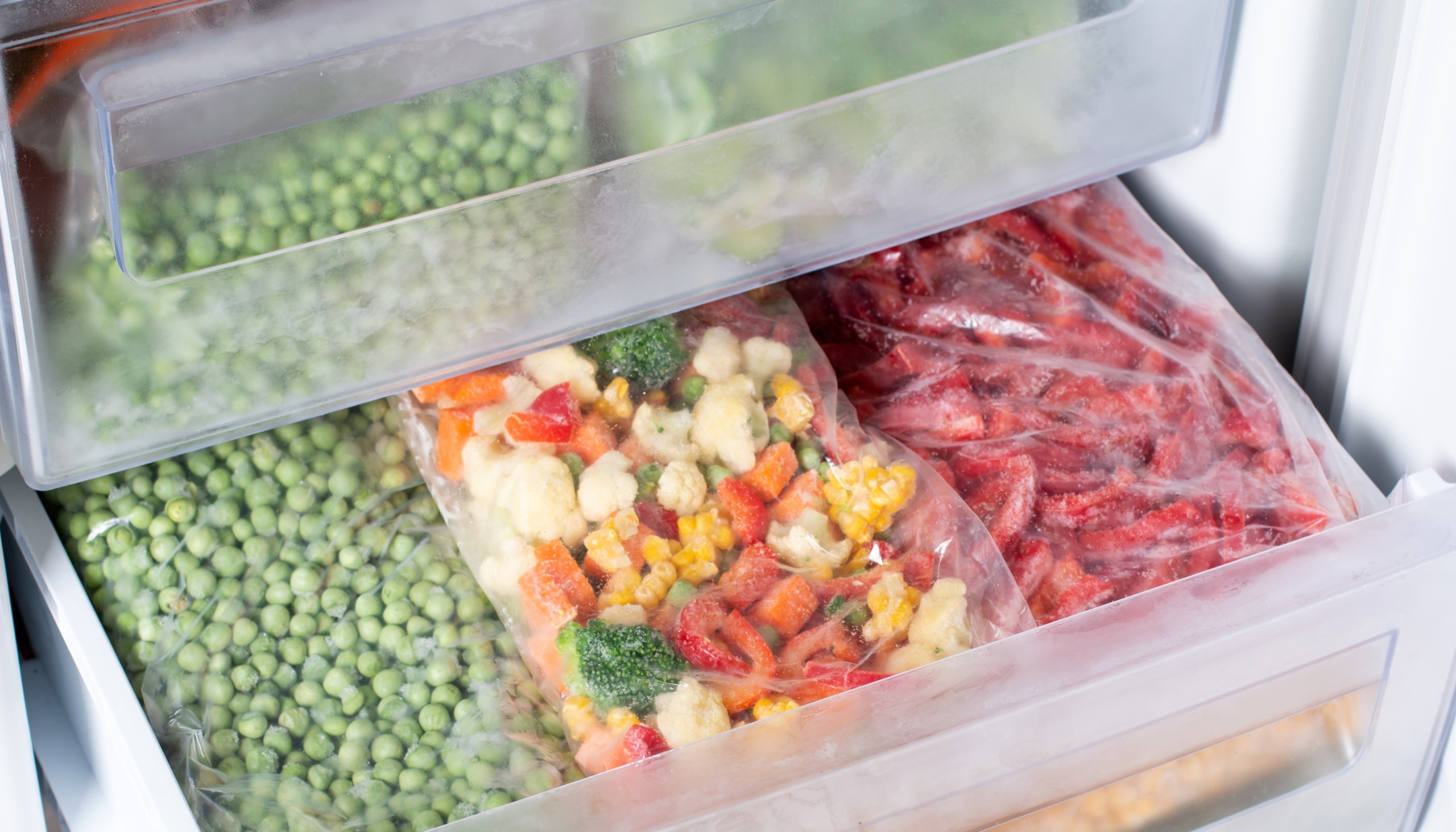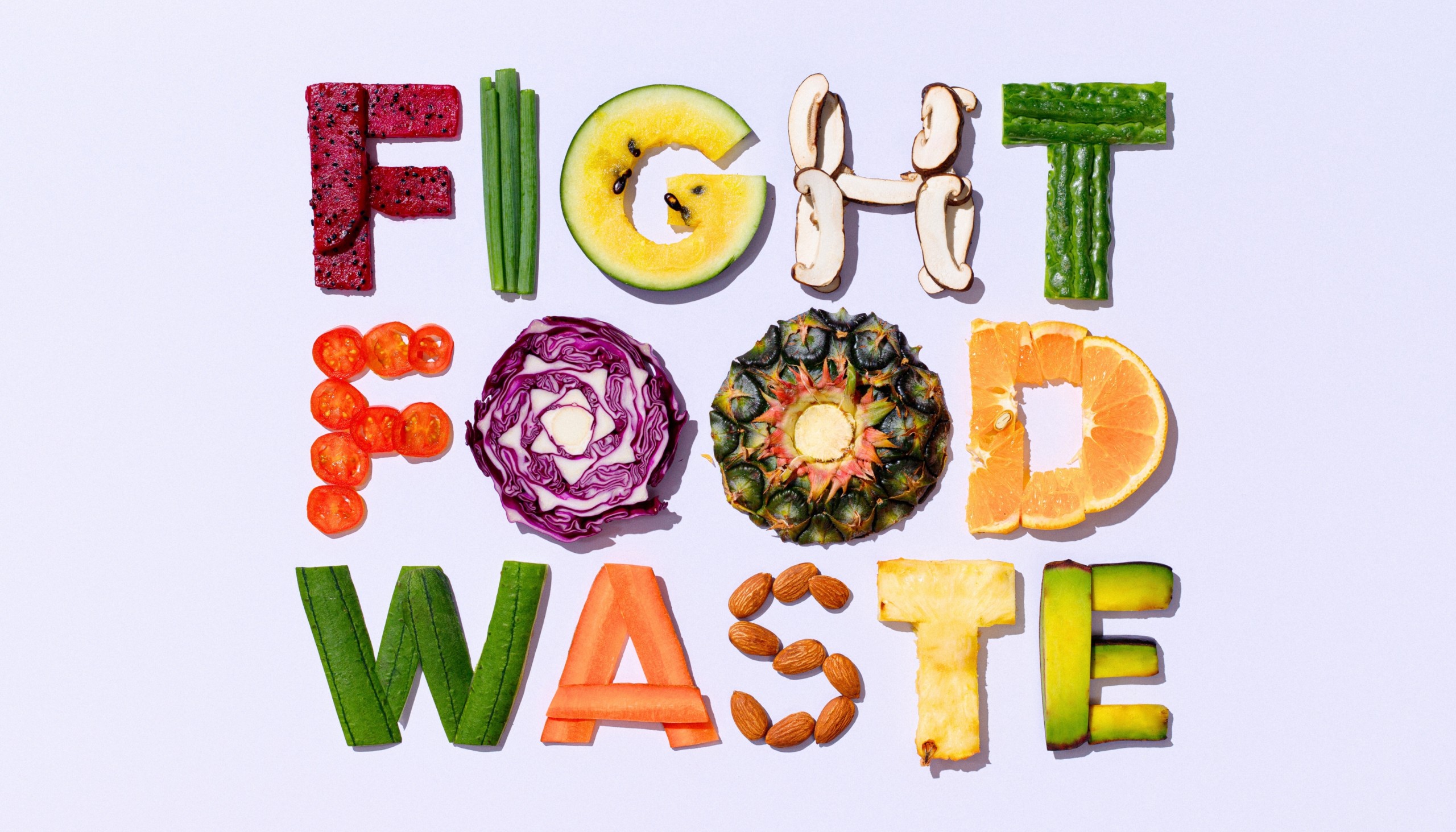Tips for Keeping Produce Fresher, Longer!

Have you heard the phrase, “eat the rainbow”?
Fresh fruits and vegetables are key to a happy, healthy life, providing vital nutrients that support wellbeing. Incorporating an array of fresh produce into your diet each day can bring a variety of flavors, textures, and colors that make meals more exciting and enticing.
However, produce can be expensive and keeping it fresh long enough to enjoy can sometimes be a challenge.
Fortunately, with a few simple strategies and storage techniques, you can extend the shelf life of your fruits and vegetables. These tips will help you save time and money by avoiding premature spoilage and unnecessary food waste.
Best Produce Storage Methods
One of the most important factors in preserving the freshness of produce is proper storage. Different fruits and vegetables have varying storage requirements, so it’s essential to know how to store each type effectively.
-
-
- Refrigerate as Needed: Berries, leafy greens, and delicate herbs can be stored in the refrigerator to maintain freshness. Be sure to store them in the crisper drawer or in airtight containers to prevent moisture loss and spoilage. We recommend washing, thoroughly drying, and lining your airtight containers with a layer of paper towels or cloth napkins before storing in the refrigerator. This can help add days – and sometimes an entire extra week – of freshness!
- Store Away from Ethylene Producers: Some fruits, such as apples, bananas, and avocados, produce ethylene gas, which can speed up the ripening process and cause nearby produce to spoil more quickly. Keep ethylene-producing fruits separate from ethylene-sensitive fruits and vegetables to prevent premature ripening.
- Keep Potatoes and Onions Separate: Potatoes and onions emit gases that can cause each other to spoil more quickly. Moisture and light can cause them to mold or sprout too soon. Store them in a cool, dry place away from each other to extend their shelf life. Well-ventilated baskets are a great option. An open paper bag or a cardboard box can work wonders too.
- Store Root Vegetables Properly: Root vegetables like carrots, beets, and radishes can last for weeks if stored properly. Remove the leafy tops, which can draw moisture away from the root, and store root vegetables in perforated plastic bags or vegetable drawers in the refrigerator. Be sure to keep them away from fruits that produce ethylene gas, as it can cause them to spoil more quickly.

-
-
Properly Wash, Prep, and Dry Produce
Before storing fruits and vegetables, you should always wash them thoroughly to remove any dirt, bacteria, and pesticide residues. However, excess moisture can accelerate spoilage, so be sure to dry produce thoroughly before storing it.
Use a clean kitchen towel or salad spinner to remove excess moisture and allow produce to air dry completely before refrigerating. Again, lining your airtight containers with paper towels or cloth napkins before storing in the refrigerator is key.
Another game changer for reducing waste is learning how to plan and meal prep!
-
Use Quality Storage Containers
Investing in quality storage containers can help prolong the freshness of your produce by providing an airtight seal that protects it from moisture and contaminants. Look for containers with adjustable vents or built-in trays to regulate humidity levels and keep produce fresh longer.
Pyrex containers, BPA-free plastic, silicone storage bags, or high-quality zip top plastic bags are ideal for storing cut fruits and vegetables in the refrigerator.

-
Freeze or Dehydrate Excess Produce
If you find yourself with an abundance of ripe produce that you can’t consume before it spoils, consider freezing or dehydrating it for later use.
Many fruits and vegetables can be frozen for extended periods without sacrificing flavor or nutrition. Simply wash, chop, and blanch (when appropriate) the produce before freezing in airtight containers or freezer bags. Frozen produce is a great addition to smoothies, soups, stir-fries, and other recipes that can use a plant boost. Super convenient too!
Another option is dehydration. If you don’t have a food dehydrator at home, try using these simple methods, including sun drying and open oven drying.
Rotate Your Produce
It’s a sad day when produce goes bad before you even have a chance to enjoy it. To prevent this, practice the “first in, first out” method of rotation. When unpacking groceries, move older produce to the front of the refrigerator or pantry and place newer items behind it. This will help you use older produce before it spoils and minimizes waste. Remember, if you aren’t going to use it, go ahead and freeze it.
Check and Remove Spoiled Produce Regularly
It’s always important to regularly inspect your produce for signs of spoilage, such as mold, mushiness, discoloration, or off odors. Not only will this prevent your other produce from going bad, but it can also help prevent sickness from accidentally eating something that’s spoiled.
Using these tips will help extend the freshness of fruits and veggies at home while saving you money and supporting a more nourished life!
-

-
Experience Yumm! Sauce® Today
Are you ready to elevate your plant-based meals with irresistible flavor? Whether you’re drizzling Yumm! Sauce over salads, using it as a veggie dip, or spreading it on wraps and sandwiches, Yumm! Sauce is sure to delight. Try Yumm! Sauce and discover a culinary sensation that will satisfy your taste buds and leave you craving more. Plus, it’s vegan and gluten-free!
Don’t miss out on the opportunity to experience Yumm! Sauce for yourself. Browse our online store or purchase Yumm! Sauce in select grocery stores in the Pacific Northwest today.

